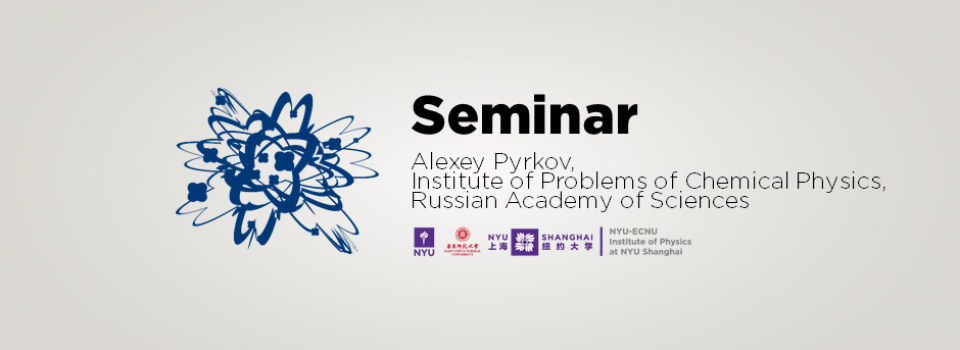
Abstract:
An investigation of possibilities to store and process information with the use of dynamical systems is one of the most important direction in modern information science. For example, concept of neural networks such as Hopfield’s associative memory presents dissipative dynamical systems with finite dimensional configuration space whose attractors represent stored patterns. On the other hand, the solitonic evolutionary partial differential equations which admit solutions in a form of localised waves with complicated topological structure can be used in similar way for machine learning. Here, we consider nonlinear Schrodinger equation (NLS) with additional perturbational term which turns the solitonic solution of certain amplitude into attractor for all evolution trajectories whose initial conditions are moving solitons. This type of NLS can be realize with the use of non-linear optics. Thus there are perspectives to store information in the attractors similarly to Hopfield's associative memory.
Biography:
Alexey Pyrkov is a researcher at the Institute of problems of chemical physics RAS where he is working on wide spectrum of projects from quantum information theory to applications of statistical physics approaches to biological systems. During his PhD, Alexey investigated entanglement in many body systems. In particular, he proposed an optimal entanglement witness in multiple quantum NMR experiment and investigated pairwise entanglement in long alternating open spin 1/2 chains with XY-Hamiltonian. From 2011 Alexey had spent 1.5 years as a postdoc researcher at the National Institute of Informatics (Tokyo, Japan), where he worked on developing quantum information theory with the use of macroscopic BEC qubits and proposed protocol for entanglement generation between BECs and quantum teleportation scheme for BEC qubit.
Seminar by the NYU-ECNU Institute of Physics at NYU Shanghai


